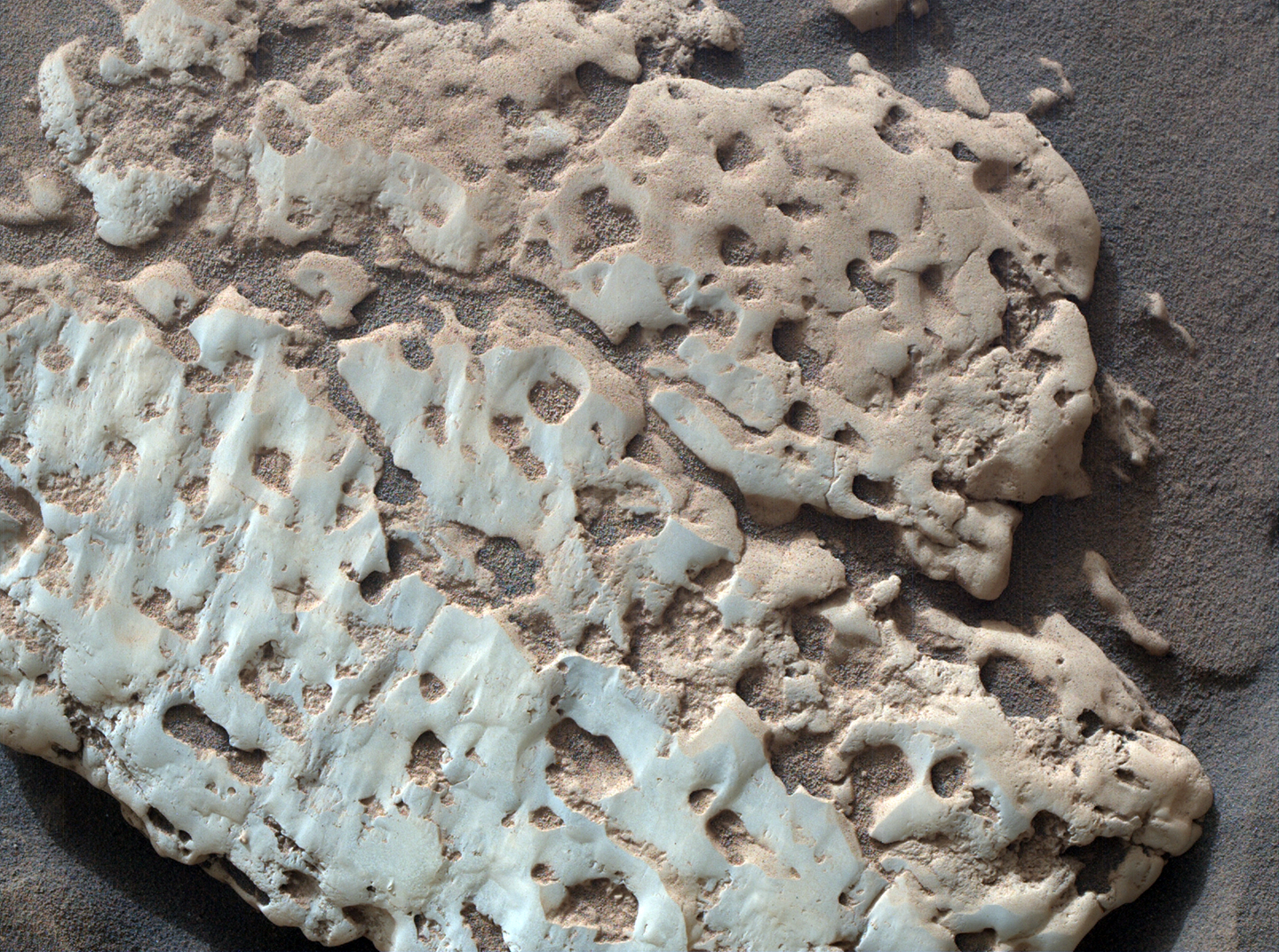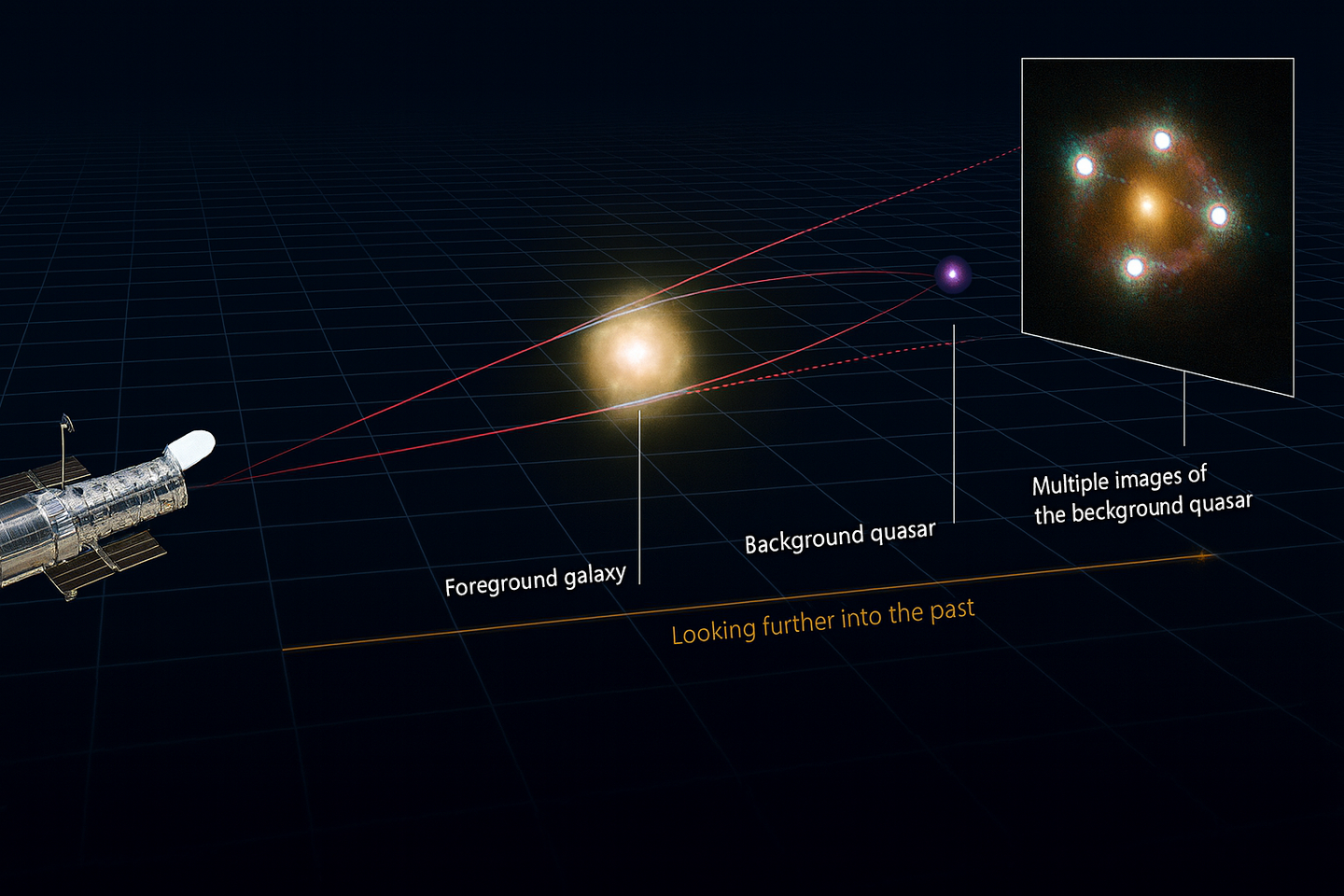Researchers discovered the cosmic reason humans evolved from hunter-gatherers to farmers
The dawn of agriculture has long been a subject of intrigue and debate among historians and archaeologists.

[Oct. 5, 2023: Staff Writer, The Brighter Side of News]
A groundbreaking new study suggests a cataclysmic comet strike could be the compelling reason behind the transformative shift from hunting-gathering to farming. (CREDIT: Creative Commons)
The dawn of agriculture has long been a subject of intrigue and debate among historians and archaeologists.
A groundbreaking new study suggests a cataclysmic comet strike could be the compelling reason behind the transformative shift from hunting-gathering to farming in an ancient Syrian village. This discovery could reshape our understanding of how and why ancient civilizations adopted agriculture.
The Younger Dryas Impact Hypothesis
The Younger Dryas Impact Hypothesis posits that approximately 12,800 years ago, a fragmented comet collided with Earth's atmosphere. This collision instigated an environmental disaster, plunging the planet into a sudden global cooling phase known as the Younger Dryas.
Related Stories
Before the impact, the area encompassing the village of Abu Hureyra was characterized by its lush, humid, and forested terrain. This provided a diversified menu for its hunter-gatherer residents. The comet's catastrophic interference transformed this bountiful environment into a much drier and cooler landscape, leaving the villagers with no option but to adapt or perish.
James Kennett, Earth scientist and professor emeritus of UC Santa Barbara, emphasized the archaeological implications. "In this general region, there was a change from more humid conditions that were forested and with diverse sources of food for hunter-gatherers, to drier, cooler conditions when they could no longer subsist only as hunter-gatherers," he explained.
Unearthing Abu Hureyra’s Secrets
Today, the ancient village of Abu Hureyra rests beneath the waters of Lake Assad. Yet, beneath the water's surface lies an unparalleled record of ancient dietary patterns. Researchers painstakingly examined remnants found at the submerged site, uncovering a significant shift in diet. Instead of feasting on wild legumes, grains, fruits, and berries, the residents of Abu Hureyra began relying heavily on domesticated grains and lentils post-impact.
Location of Abu Hureyra. (A) Map of Middle East, showing location of Abu Hureyra village near the Euphrates River in Syria. (B) Photograph of Abu Hureyra tell before flooding. (C) Map of Abu Hureyra tell, showing locations of excavation trenches labeled A-G. YDB airburst proxies were identified in sediment samples from Trenches D, E, and G (blue rectangles). (D) An artist’s depiction of Abu Hureyra at ~12,800 cal BP, located near a now-abandoned loop of the Euphrates River. Panels ‘B’ through ‘D’ adapted from Moore et al. [3, 4]. (CREDIT: Creative Commons, CC by 4.0)
"The villagers started to cultivate barley, wheat, and legumes," Kennett observed. "This is what the evidence clearly shows."
This adaptation didn't stop at dietary changes. A thousand years post-impact, the region witnessed the thriving of the renowned Neolithic "founder crops." This proliferation signaled the inception of agriculture in the Fertile Crescent, further evidenced by a rise in drought-resistant plant species, echoing the changing climate.
Plant biogeographic responses to YD climate change in the Middle East. Darker green represents park-woodlands; greenish-tan represents arid steppes; reddish-tan represents desert terrain and largely unvegetated mountains. (CREDIT: Science Open)
The impact's aftermath didn't only usher in an era of agricultural innovation. There were marked shifts in population, adaptations in architectural practices, and the commencement of livestock domestication.
In a further testament to the severity of this event, the researchers unearthed a 12,800-year-old layer at Abu Hureyra. This layer bore witness to widespread burning, characterized by a distinct carbon-rich "black mat." Embedded within this mat were nanodiamonds, platinum, and metallic spherules - undeniable indicators of temperatures beyond the reach of human technology of that epoch.
Changing deposition rates across Younger Dryas onset Boundary. Estimated sedimentation rates in 5-year intervals during the three decades before the YD onset and during the century afterward, interpolated using OxCal. Before the YD onset, Trench E’s sedimentation rate (green bars) averaged ~1.1 cm/yr. During the time representing the YDB airburst layer (orange bar within gray dashed lines), the sedimentation rate abruptly doubled to ~2.4 cm/yr. (CREDIT: Science Open)
Echoing these findings, similar traces of cosmic explosions were found across ancient locations, from the biblical city of Tall el-Hammam to 50 other sites across North and South America and Europe, forming what has been termed as the Younger Dryas strewnfield.
The evidence aligns seamlessly with the theory of a fragmented comet wreaking havoc on a massive scale—resulting in the extinction of various megafauna species and the downfall of the North American Clovis culture.
Dietary changes favoring domestic-type cultivated foods. Quantitative stratigraphic distribution by percentage of selected food groups in the Abu Hureyra section: legumes, grains, berries, and fruits. The blue dashed line above E305 represents the YDB layer, which was not analyzed for food groups. (CREDIT: Science Open)
Yet, puzzlingly, the conventional craters associated with such enormous impacts are conspicuously absent. Researchers surmise this absence is due to the nature of the explosion - it was a lower-pressure, high-altitude airburst, which would not leave behind visible craters.
Drawing Parallels: Cosmic Phenomenon vs. Nuclear Tests
Seeking modern analogs, scientists looked at nuclear tests from the mid-20th century. The aerial explosions from nuclear tests, such as those in New Mexico in 1945 and in Kazakhstan during 1949 and 1953, resemble the cosmic airbursts that would have occurred during the Younger Dryas impact.
Kennett elaborated, "In the papers, we characterize what the morphologies are of these shock fractures in these lower-pressure events. And we did this because we wanted to compare it with what we have in the shock-fractured quartz in the Younger Dryas Boundary."
Indeed, researchers identified stark similarities between the shocked quartz from the nuclear test sites and that from Abu Hureyra. They showcased glass-filled shock fractures, indicating temperatures over 2,000 degrees Celsius—surpassing the melting point of quartz.
Implications of the Shocking Discoveries
Kennett further shed light on the monumental implications of their findings. "For the first time, we propose that shock metamorphism in quartz grains exposed to an atomic detonation is essentially the same as during a low-altitude, lower-pressure cosmic airburst," he stated.
The sheer force exerted during this event is mind-boggling, equivalent to stacking five 737 airplanes on a small coin. Moreover, this study's innovative methodology to identify shock fractures in quartz grains offers a beacon to detect erstwhile undetected airbursts, which experts reckon occur every few centuries to millennia.
Given the overwhelming evidence, researchers underscore a newfound causative link among extraterrestrial impacts, environmental upheavals, and pivotal shifts in human civilization, including the dawn of agriculture.
In the grand tapestry of human history, the story of Abu Hureyra narrates the resilience and adaptability of our forebearers. Against the backdrop of astronomical adversity, these early settlers pioneered revolutionary strategies to survive, sowing the seeds of contemporary agriculture.
This revolutionary research illuminates pivotal moments in human evolution and emphasizes the profound influence cosmic events can wield over life on Earth. The annals of Abu Hureyra are a testament to humanity's unyielding spirit and adaptability, even when confronted with the most cataclysmic of challenges.
For more science and technology stories check out our New Discoveries section at The Brighter Side of News.
Note: Materials provided above by The Brighter Side of News. Content may be edited for style and length.
Like these kind of feel good stories? Get the Brighter Side of News' newsletter.



